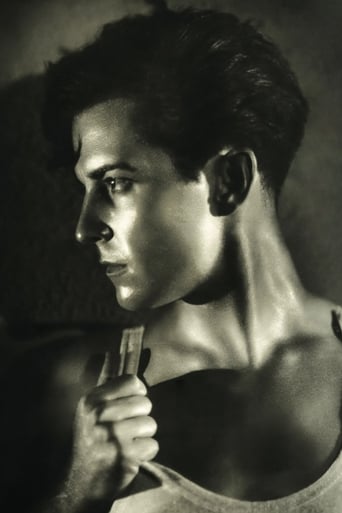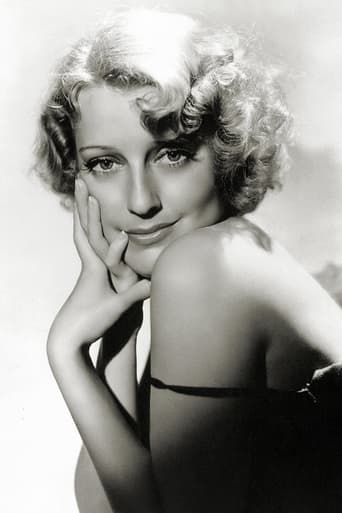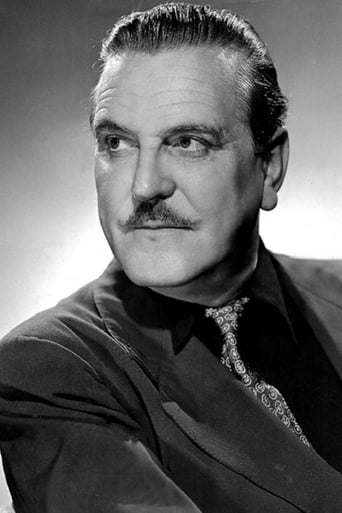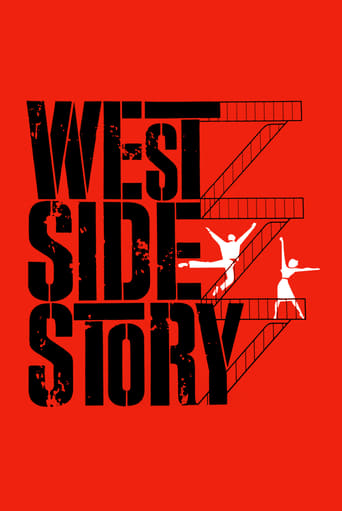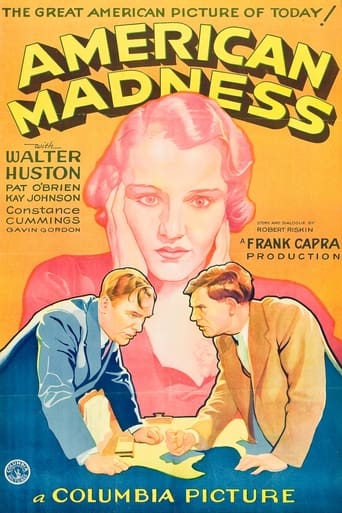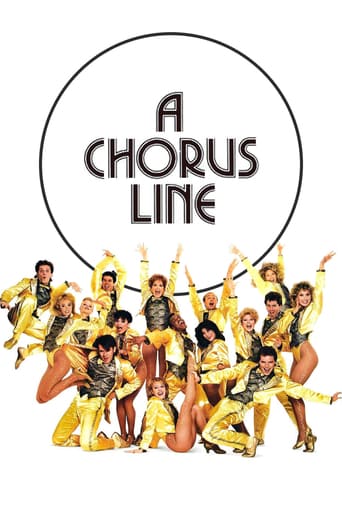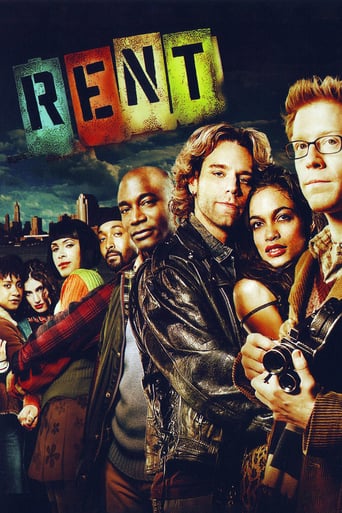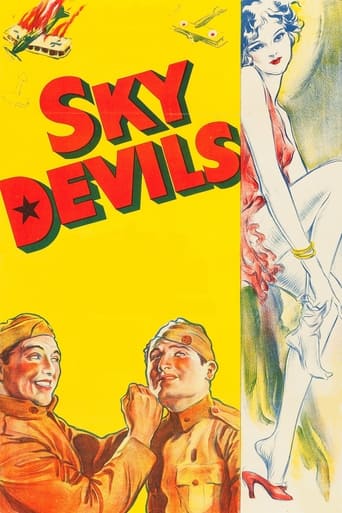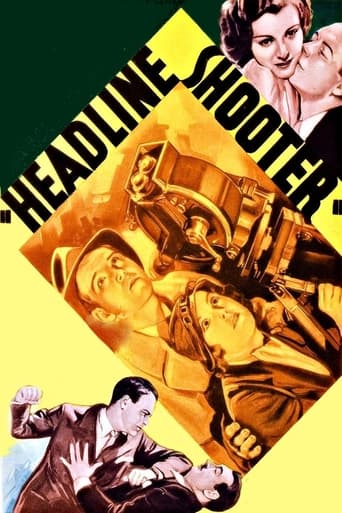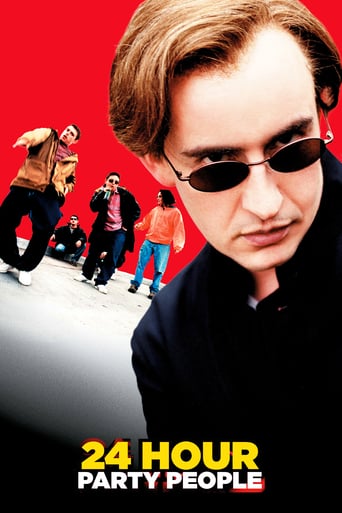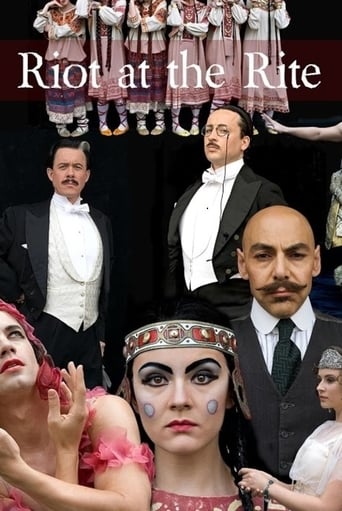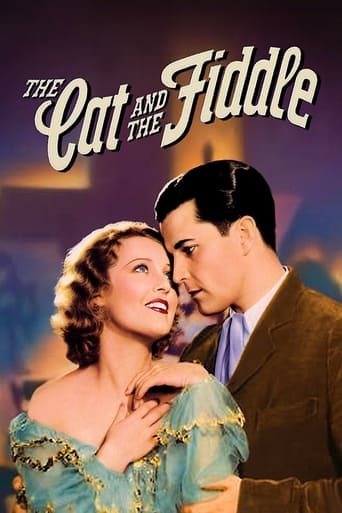
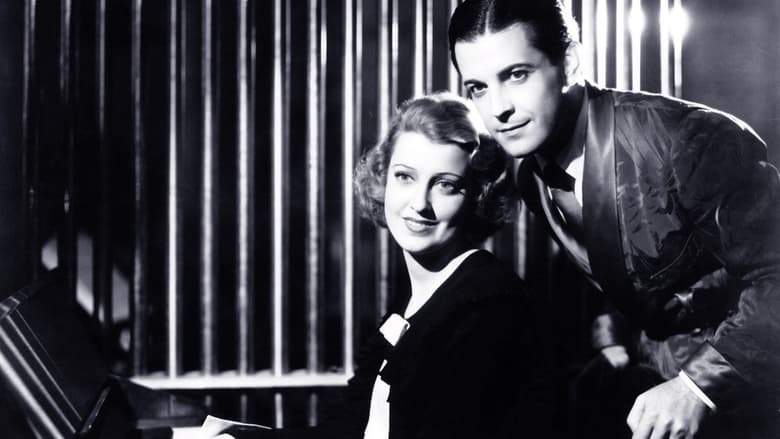
The Cat and the Fiddle (1934)
A romance between a struggling composer and an American singer.
Watch Trailer
Cast


Similar titles
Reviews
Jeanette MacDonald's first for Metro is a loose adaptation of the hit Kern-Harbach operetta co- starring Ramon Novarro and Frank Morgan, and alas, she's already becoming MGM Jeanette. A smart, suggestive comedienne at Paramount in things like "One Hour With You" and "Love Me Tonight" (to these eyes, the greatest movie musical ever), she really became a household word at Metro, in operettas, usually opposite Nelson Eddy, that increasingly encouraged her diva- hood. Here, as an American pop composer in Brussels, she's already losing her deliciously risqué sense of humor and indulging in great-lady sentimentality. Fun Jeanette isn't entirely gone, though, and she works well with Ramon, who has an attractive tenor and a good deal more acting skill than some of MacDonald's subsequent leading men. The screenplay, by the Spewacks, runs far afield of the Broadway original but makes room for most of the sublime score. And there's also a good glimpse of Vivienne Segal, a legendary Broadway soprano who'd been playing Jeanette-style leads just a few years back, at the dawn of sound. Charles Butterworth--no stranger to Kern, having supported Helen Morgan on Broadway in "Sweet Adeline"--has some funny bits, and there's a pleasing finale in early three-strip Technicolor. Jeanette followed this one up with "The Merry Widow," where, aided by Chevalier and Lubitsch, she was more her old self. Witness this one for some lovely Kern and for Novarro, but watching Jeanette trade comic finesse for prima donna respectability isn't pretty.
Two directors were involved in this one and my problem is who did which? My colleague, Barrie Pattison, would probably say it was no problem. "Sam Wood did all the good stuff, William K. Howard, the less inspired!" I'm not so tempted to go along with that. The problem is that, as everyone knows, every studio in Hollywood was in a bit of a mess in 1934 when the Depression was really starting to bite on cinema attendances. Both top-billed Ramon Novarro and Jeanette MacDonald were not happy with their roles. Jeanette insisted that her part be built up. Contemporary press reports confirm this and some even suggest that Vivienne Segal's role was lessened as a consequence. The additions have certainly made MacDonald's role far more interesting – she is a presented as a person who has no taste – but far less sympathetic. She was probably unaware of this. In real life, she took herself very seriously and hated to be made fun of – unless, of course, the funster was Maurice Chevalier (who could always take refuge in the fact that English was his second language). Getting back to The Cat and the Fiddle, money was spent like water on sets and costumes. In fact, it doesn't look like a Metro-Goldwyn-Mayer film at all. Notice that Gibbons is not credited – and was he mad as hell! Anyway, my educated guess is that the first half of the film was mostly directed by William K. Howard and that Sam Wood took over at some stage in the second half. Three photographers were employed: Ray Rennahan for the Technicolor sequence, Harold Rosson and Charles Clarke for the black-and-white. In all, a fascinating movie which repays constant visits, year after year!
The Cat and the Fiddle (1934) *** (out of 4) A down-on-his-luck composer (Ramon Novarro) meets an American singer (Jeanette MacDonald) and the two quickly fall in love while at the same time trying to get their careers off the ground. Just as everything seems to be going well, another man (Frank Morgan) enters the picture. THE CAT AND THE FIDDLE is a film I went into expecting very little. I knew it had some pretty good reviews but the thought of Novarro playing this type of role in this type of film just seems a bit off. Well, it turns out he's without question the best thing about the picture and he's reason alone to check it out. I was really surprised at how well he fit into the role because he's perfectly believable as this rather laid back yet slick character who we first see trying to get out of paying a tab. The way Novarro plays this sequence was pretty funny and there are quite a few other scenes where he's trying to get out of paying something. I also thought the musical numbers were handled extremely well by the actor as he brought a lot of energy and fire to them. MacDonald is also very good in her role and is believable and charming. I thought the chemistry between the two stars was right on the mark and helped sell the typical romance. Morgan and Jean Hersholt are also good in their supporting roles but it's Charles Butterworth who nearly steals the picture with his comic genius. It's really a shame this guy isn't better known today. The musical numbers are all quite good even though none of the songs really jump off the screen. Another highlight comes for the final five-minutes when the film switches over to 2-strip Technicolor and just wait till you see MacDonald's hair color. It jumps right off the screen!
There are so many things wrong with this 1934 MGM production. This is a semi-operetta, whose weak script and totally miscast stars drags this lavishly produced love story to yawnsville. The 31 year old perky MacDonald, who has noticeable dark rings under her eyes, plays the part of an 18 year old, to a weak voiced, and obviously effeminate 34 year old Ramon Novarro. The story is just plain silly. All but the final number where the boy gets the girl is B/W. Then like magic MGM pulls off their switch to color routine. The boy is holding the girl and singing of love when a tree in back of them suddenly sprouts and grows upward. It’s embarrassing and non too subtle. The supporting cast that includes Jean Hersholt, who went on to become famous playing Dr Christian on radio and in films, is wasted as an old man with too few lines. Leonid Kinskey is his same old silly self. The direction was nothing special, but can be forgiven due to the fact that color and sound was still being perfected. The script by Bella Spewack cannot be forgiven. It was just weak and unbelievable.What’s positive here? Words by Otto Harback and music by Jerome Kern. What little music there is shines. A lot more would have been a big plus. The best role was played by Frank Morgan, who later played Professor Marvel the Wizard of Oz. He was the much older rejected lover, and he played the part quite believably.Saying this, I would recommend this to students of ancient movie making. I often wondered about Novarro. I heard and read so much about him. To me he just doesn’t come across well. But, that’s just me.


